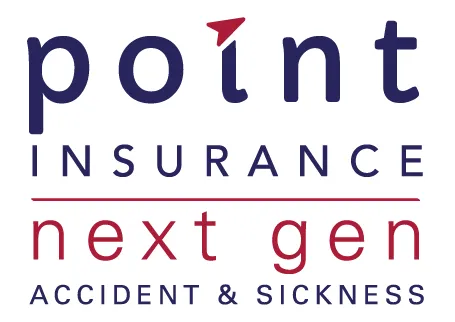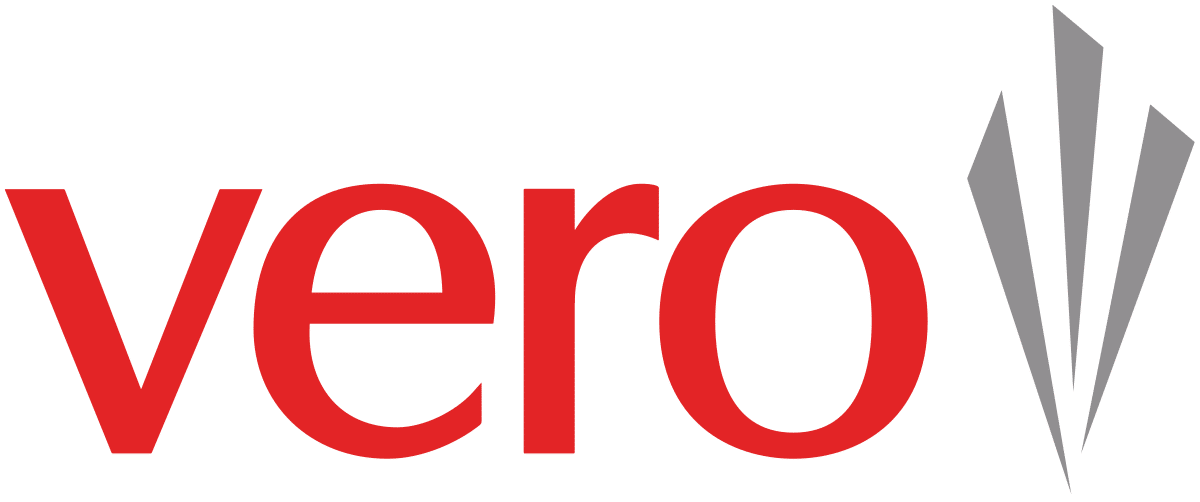Business contents insurance is a type of business insurance that offers cover for your property, including your stock, against the risks posed by defined events which are listed in the policy. It will help your business recover from accidents, catastrophic natural events or malicious damage that may cause damage to your business contents. If your business does suffer one of these events, the insurance will cover the cost of replacing or repairing damaged contents and stock.
Why compare business insurance policies through Savvy?
100% free service
There's no need for you to pay a cent to compare a variety of competitive policies side-by-side in one place.
Compare policies online
You can consider the inclusions, premiums, benefits and other key factors easily online, whether you're at home or on the go.
Trusted insurers
Considering offers from trusted providers can help give you peace of mind that you're comparing high-quality products.
Business insurance providers you can compare with Savvy







We’ve partnered with BizCover to bring you a range of business insurance policies to help you compare them side by side.
What is considered to be business contents and stock?
The items covered by business and commercial contents are those which may normally be found in retail premises, offices or factories. They include:
- the fixtures and fittings of your office, shop or commercial premises
- furniture, plant and machinery
- documents, records and paperwork
- your business trading stock
- goods held on consignment or loan
What does business contents insurance cover?
The insured events covered will vary from policy to policy. Naturally, not all insurance policies are the same, and each insurer will have its own list of insured events. However, the most common insured events in this type of policy are:
- storms, wind and lightning
- fire
- explosions
- earthquakes and impact damage
- water damage*
- malicious damage
- vandalism
- accidental damage
*When a policy specifies damage by water, be aware that may not include flood damage due to natural causes (such as rivers overflowing or sea storm surges). Such floods are frequently excluded from contents insurance. Water damage more commonly refers to water pipes bursting or leaking, liquids overflowing from a tank or container or sprinkler systems being activated in a room to extinguish a fire.
For example, if you operate a business in Brisbane and have insurance, you may not be covered if your property is flooded by the Brisbane River. However, if there was a fire at your premises and the built-in sprinkler system flooded your storeroom, you would likely be covered. In such a case, the fire would be the insured event and sprinkler water damage would be a secondary effect of the fire which damaged your stock.
What isn't usually covered by business contents insurance?
It is just as important to understand what isn’t covered by contents insurance. In terms of your business assets, these can include:
- the building itself (such as walls, floors and ceilings). Commercial buildings are usually covered by commercial property insurance
- cash and security documents (which would normally be held in a safe)
- business vehicles (which are usually covered by commercial vehicle insurance)
- any explosive material (such as pool chemicals, for example)
- animals and livestock
- crops or grown plants
The events which won’t be covered by your policy include:
- intentional damage
- wear, tear or gradual deterioration
- machinery or equipment breakdown
- faulty design
- poor workmanship
- deliberate switching off of the power supply
- pollution or asbestos discovery
- rust, mould or mildew
- damage caused by rodents or insects
- computer hacking, viruses or intrusion (usually covered by cyber liability insurance)
How do I compare business contents insurance?
The best insurance policy will cover you for the greatest number of events at the lowest price possible. Some of the areas to take a close look at are:
Inclusions
Look for a policy with all the inclusions you need and no exclusions in vital areas. The ideal insurance plan covers all potential threats. This is particularly important if you’re looking to insure your home business and office contents and equipment, in which case it’s particularly important to understand what is and isn’t included in your policy.
For a home business, there can be exclusions for items that are normally found in a home, such as chairs and tables, so check your policy carefully.
Maximum payout
Check the maximum payout for any one item matches the level of cover you require. Be wary of underinsuring your business contents, as this can be a costly mistake. If your business needs a higher maximum amount in one area of cover, it's always possible to tailor or customise an insurance policy.
Excess
An excess is the amount a policyholder will have to pay if they make a claim on their insurance policy. It’s the amount you’ll have to pay in the event you suffer an insured event and wish to make a claim. It is sometimes referred to as the uninsured portion of any claim. An excess can start at around $300 and go upwards from there.
Premiums
This is the amount you’ll be required to pay for your insurance per month. Most insurance policies specify the total cost of the insurance per year and break this down into monthly instalments, which are known as premiums. It’s important to compare premiums to ensure you’re getting the best deal on your insurance policy.
To compare insurance coverage, all you’ll need to do is answer a few questions about your business with Savvy. From there, you’ll receive instant insurance quotes from some of Australia’s leading insurance companies to help you pick the best for your business with more confidence.
How much does business contents insurance cost?
The cost of your contents insurance will vary from insurer to insurer and depend on several variables. These include:
- what industry you’re in
- the type of business you run
- the size of your business
- the state you’re in
- where your business is located – urban or rural
- the value of the contents you want to be insured
- whether you’re asking for contents insurance as a standalone policy or as part of a business insurance package
If you want a better idea of how much contents insurance will cost for your specific business, you can compare a range of quotes right here with Savvy to help get you started.
How to work out how much contents insurance cover your business needs
-
Prepare an inventory of all your assets: it’s vital to have an accurate record of exactly what you wish to be insured. Some insurers may ask to see your inventory before offering a quote. Your inventory should be as specific as possible and include descriptions of items you wish to protect. For example, the description ‘four air conditioners’ may not be sufficient. A better description would be ‘four wall-mounted 20kW reverse-cycle Actron air conditioners’.
-
Carry out a stocktake: an inventory is a record of items to be insured, whereas a stocktake is a list of exactly how many of those items exist. For example, in your inventory, you may record ‘business computers’. Your stocktake may list ‘eight Dell desktop computers and 21-inch monitors’. A stocktake will include brand names, unit sizes and package sizes of items so the exact replacement item can be found.
-
Research replacement costs: don’t guess how much it will cost to replace certain items. It’s well worth doing careful research before deciding on the replacement cost of an item. Remember that inflation can substantially increase the new cost of something you bought even a few months ago, so check your replacement figures are accurate and up-to-date.
-
Decide on the level of cover you need: it’s crucial to avoid underinsuring your business contents, as this can result in a disappointing payout if you do need to make a claim. Reducing the value of your stock in the hope of lowering your premiums can leave your business short if you suffer a disaster, as you may not be adequately compensated for your loss.
-
Compare quotes: the fine details of the policy cover will be found in a document called the product disclosure statement, or PDS. By law, all insurance policies must be supplied with a PDS. Read the document you’ve received carefully and compare all elements before deciding which insurance policy is the best one for your business contents. By comparing quotes through Savvy, you’ll get a good idea of exactly how much coverage you need.
















